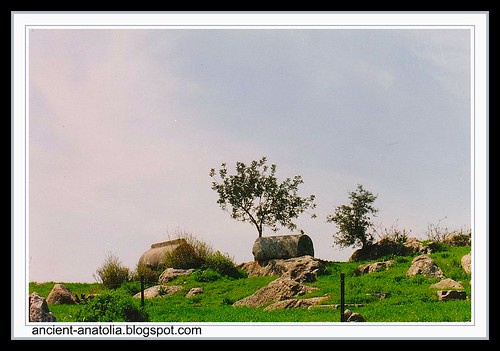
Spring at the Ancient Lycian City, originally uploaded by voyageAnatolia.
Scanned, 35 mm. color film and Canon FTb SLR camera.
Kaleköy (literally "Castle's village" in Turkish; ancient Lycian: Simena), is a village of the Demre district in the Antalya Province of Turkey, located between Kaş and Kale, on the Mediterranean coast. Kaleköy faces the island of Kekova, and can be reached by sea or on foot from Üçağız.
The village lies amidst a Lycian necropolis, which is partially sunken underwater. Kaleköy is overlooked by a Byzantine castle, built in the Middle Ages to fight the pirates which nested in Kekova. The castle contains a small theatre.
Kaleköy is a popular yachting destination.
Lycia: An Ancient Civilization
At the Ancient Xanthos City of Lycia
Ancient Lycian Way
Carians: A Lost Aegean Civilization
Leleges